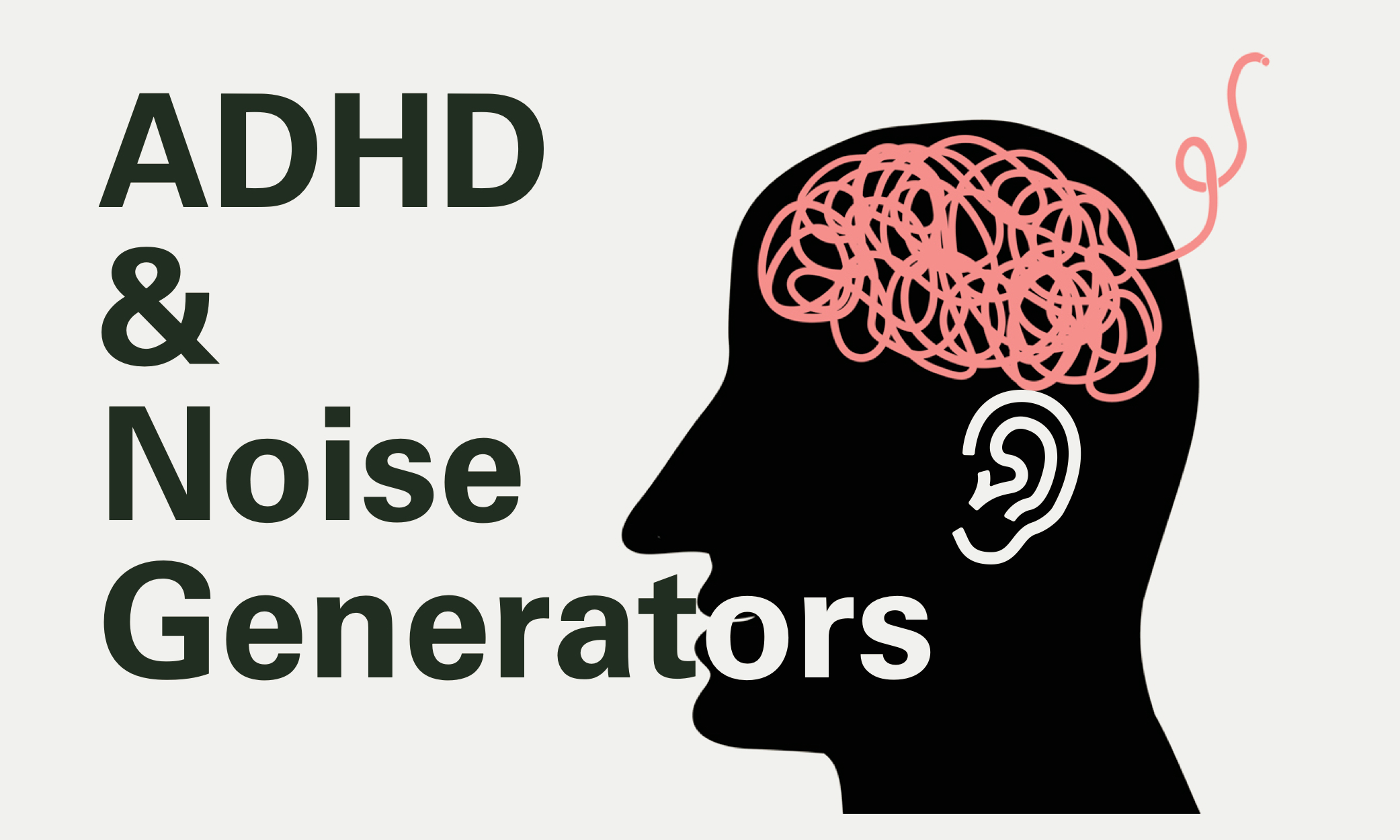FF 3.2 | The First Power Chord Lesson
2 The First Power Chord Lesson (1 Day)
Objectives
Introduce the power chord shape with the root on the low E string.
Procedure
Introduction to Power Chords- Begin the lesson without instruments by exploring live band video recordings on YouTube, focusing on performances that prominently feature guitars. Encourage students to select bands they enjoy, aiming to identify and observe the use of power chords by guitarists across different genres such as punk, metal, country, and R&B.
Visual and Auditory Recognition- While viewing selected videos, pause and zoom in on guitarists' hands to show the formation of power chords. Supplement this with pre-selected recordings (e.g., Green Day, Blink-182, Metallica) that clearly show guitarists' hand positions.
Demonstration- With an electric guitar and amplifier, demonstrate playing power chords to the class. Compare them to more complex chords to highlight the stable sound of the shape.
Hands-on Practice- Guide students through the process of building their first power chord with the root on the low E string. Emphasize the technique of finding notes on the E string, positioning fingers correctly (one string up and two frets over), and avoiding common pitfalls such as excessive hand pressure. If students are having a hard time getting the chords to ring out, make sure they are using their index and ring fingers and have them move their finger tips closer to the outside of the fret.
Individual and Group Practice- After demonstrating, allow students time to construct and practice power chords individually, then in pairs or small groups. Have students move the shape up and down the neck to play power chords with many roots.
Opening And Closing Activity Ideas
Opening: As the class begins, either play a song with power chords to the class on your guitar or have a video of a song playing where the guitar player is using power chords.
Closing: Have students reflect on what they learned about power chords and how they might listen to music differently going forward. Encourage them to identify power chords in music they listen to outside of class by identifying the stable sound of the voicing.
Assessment/Presentation
Assessment in this lesson is informal and focused on encouraging student engagement and comfort with playing power chords. Observations during hands-on practice provide opportunities to offer personalized feedback and support. Circulate the room to provide informal, constructive feedback on students' technique, hand positioning, and sound production. Emphasize efficiency in playing and correct any technical issues early on. Emphasize progress and the practice process rather than perfection, fostering a positive learning environment.
Differentiation
Remediation: For students struggling with power chord formation, focus more on finger placement and less on sound. Have these students focus on getting the index finger to ring out.
Enrichment: Challenge advanced students with variations of power chords, such as three-note power chords or incorporating power chords with different root notes. Encourage them to explore these variations in their playing and listening.
Notes
Encourage good technique by calling out students who are demonstrating proper playing position to the rest of the class. During practice time, make sure you are helping students correct their technique mistakes before they become habits.





